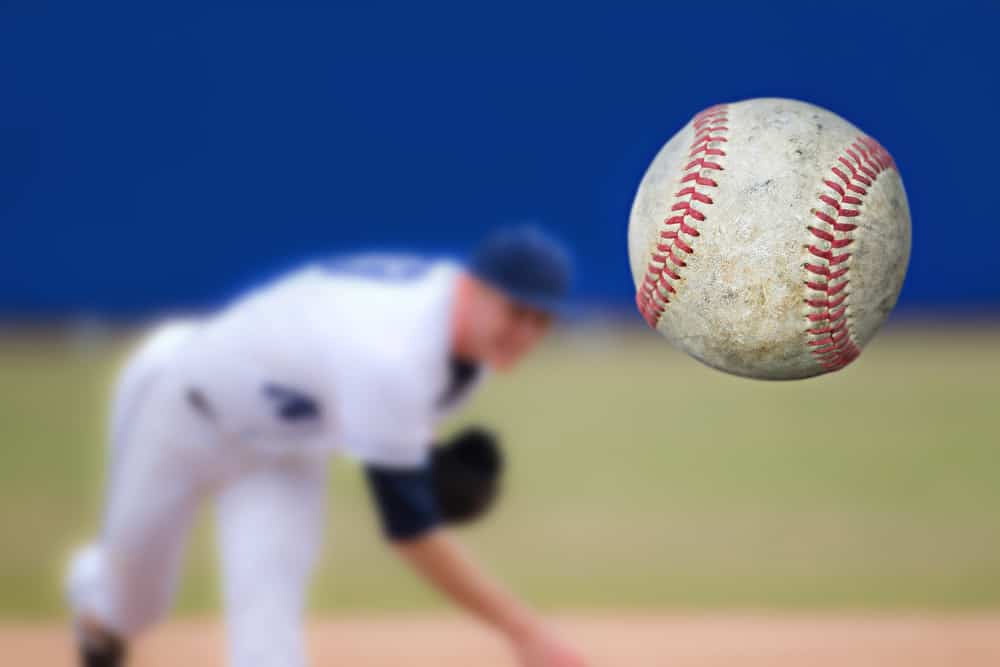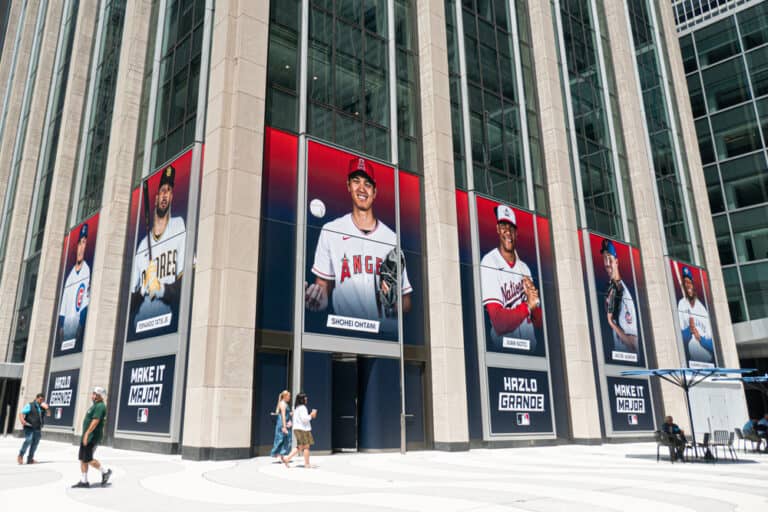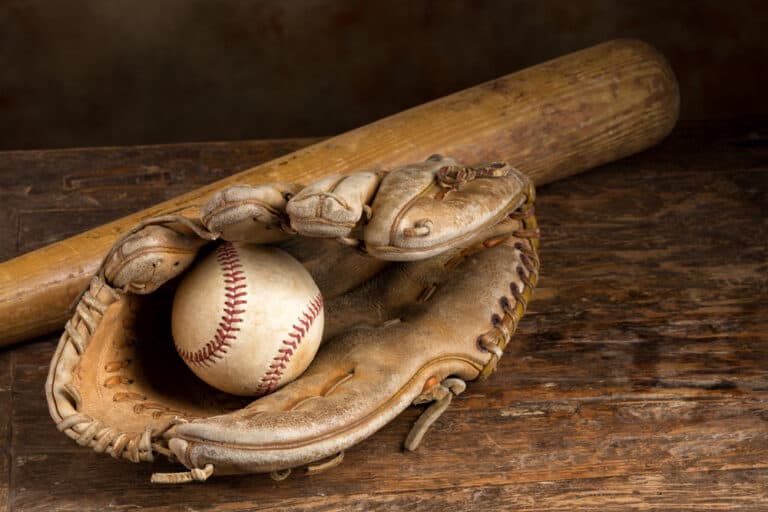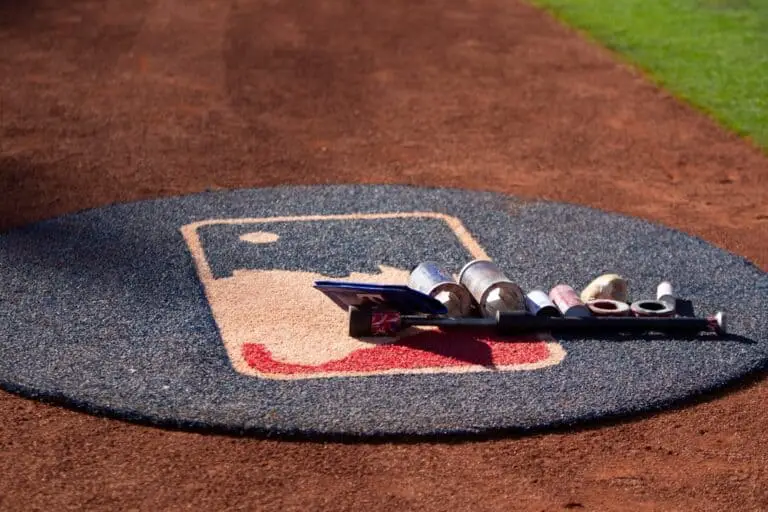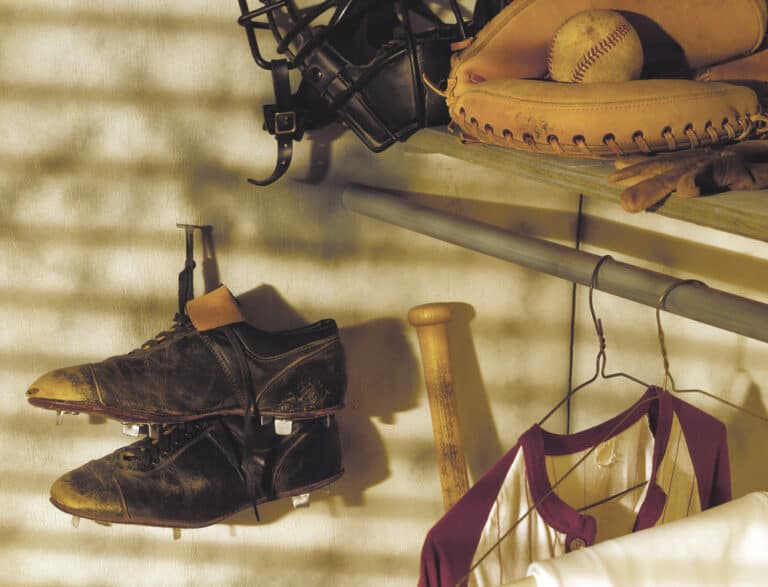MRP Meaning In Baseball (All You Need To Know)
Baseball has some interesting anomalies, one of which is using multiple pitchers within an innings. Each has a different role and comes into the game at various times during the innings. These pitchers also have specific skills, and while we all know what a Starting Pitcher is, what is the MRP in baseball?
The MRP in baseball is the acronym for the Middle Relief Pitcher. The MRP typically comes in to pitch in the 6th or 7th inning, and most Middle Relief Pitchers would pitch for a single inning before the Setup pitcher takes over in the 8th, and the Closer would pitch the 9th.
MRPs can sometimes pitch for two innings, the 6th, and 7th, but this tends to happen very seldom in baseball, as the Long Relief Pitcher may take the 6th if needed, with the MRP taking the 7th. So, get your glove on, and let’s get onto the mound for more about the Middle Relief Pitcher.
What Does The MRP In Baseball Do
The name ‘Middle Relief Pitcher’ gives us clues as to what defensive role this player would take in the game. Firstly, the word ‘middle’ indicates that the MRP would be used in the ‘middle’ innings- so the game’s 5th, 6th, and 7th inning.
Then, the word ‘relief’ indicates that the role is to relieve the pitcher before him, typically the Long Relief Pitcher that would step in and ‘relieve’ the Starting Pitcher around the 4th or 5th inning.
MRP Vs. LRP In Baseball
The MRP bridges the gap between the Long Relief Pitcher (LRP) and the Setup or closing pitcher. Of all the pitchers on the team, the Starting Pitcher and Long Relief pitcher would pitch the most innings, while the MRP, Setup, and Closer would pitch the least.
The Long Relief Pitcher would have been a starting pitcher but have ceded to a newer starter, so their arm can pitch long innings if the Starter has issues or gets injured. If this happens, the coach may opt to bring the MRP earlier.
For example, the Starter has a blowout or gets injured in the 2nd innings. The Long Relief Pitcher could step in and pitch til the 5th. The MRP would take over and throw the 5th til the 7th and would be relieved by either the Closer or the Setup pitcher, who would throw the 8th and 9th, respectively.
How Did The Name MRP Evolve
In baseball during the 1980s and 1990s, there was an explosion of different pitchers taking the field. Managers, players, and commentators needed to find ways to describe and define them so that the players (and everyone else) understood the designated role of that pitcher.
There were quite a few different names used to describe these pitchers, and the influences of the baseball fantasy leagues and baseball video games brought these terms to the forefront of the game.
Other acronyms for this Middle Relief Pitcher position are MiR or MR, while LiR or LR are used as alternative descriptions for the Long Relief Pitcher.
Have There Always Been MRPs In Baseball
Before the MRP’s official designation and strategic usage, relief pitchers had gradually come into the game after the 1960s. At that time and before, pitchers were expected to finish a game and often could not pitch for four or five days after a game as they had to rest their arms.
A pitcher could only be ‘relieved’ if they were injured or sick and would switch positions with another player on the field. From the 1970s and 1980s, as more batters became adept at hitting fast pitches, pitchers and coaches began to develop relief pitchers that brought variation to the mound.
The MRP was not typically the first or second-best relief pitcher on the team but were often players with good stamina and could either restrict the runs and create outs if the team was ahead or pitch a few innings where a team was far behind and had no realistic hope of winning.
While Middle Relief Pitchers are usually brought in around the 6th and 7th innings, they can sometimes be used in the 8th and 9th innings where the score is not close either way and the team needs a pitcher that can pitch consistently for a longer period and thus not use the Setup and Closer pitchers for the last few innings.
When Would An MRP Replace A Starter Early
In some instances where a starting pitcher is being tagged by the batting team and is scoring hits or runs, a manager may opt to use the MRP to relieve the Starter if he begins to wear down or suffers a loss of control.
Another scenario where the Starter is replaced with an MRP would be where the team is leading well and heading into the game’s latter innings. The manager can call the MRP to protect the Starter from tiring and keep his pitch count low.
MRPs play a strategic role in the defensive lineup and are used to mitigate risk, whether it’s to reduce runs and hits, preserve a starting pitcher’s arm for future performances or control the innings until the Setup and Closer come into the game.
The benefit of MRPs is when they come into the game, they are fresh and focused, with good energy and stamina, and can shake up an offensive batting lineup that is getting used to a tiring Starter.
Can MRPs Earn ‘Holds’
While this is not an offical measured stat in baseball, it is an accolade that MRPs strive for as it is recognized in baseball circles. A ‘Hold’ is earned when a relief pitcher comes into the game in a ‘save’ scenario and maintains the team’s lead while scoring at least one.
The criteria for a relief pitcher to earn a hold are :
- He cannot be a starter or the Closer
- The team must lead by at least three runs, and he maintains that lead for at least an innings.
- He must record one out while pitching.
- He leaves the game before it ends without his team surrendering the three-run lead.

Conclusion
The Middle Relief Pitcher is a key strategic component in the manager’s arsenal. Because there is no set time or situation where an MRP can be used, they play a vital and highly flexible role in managing the game and the starting pitcher.
Understanding the strategy behind when the MRP comes into the game and why will make watching the game much more interesting and expand your appreciation for the skills of these valuable players.

